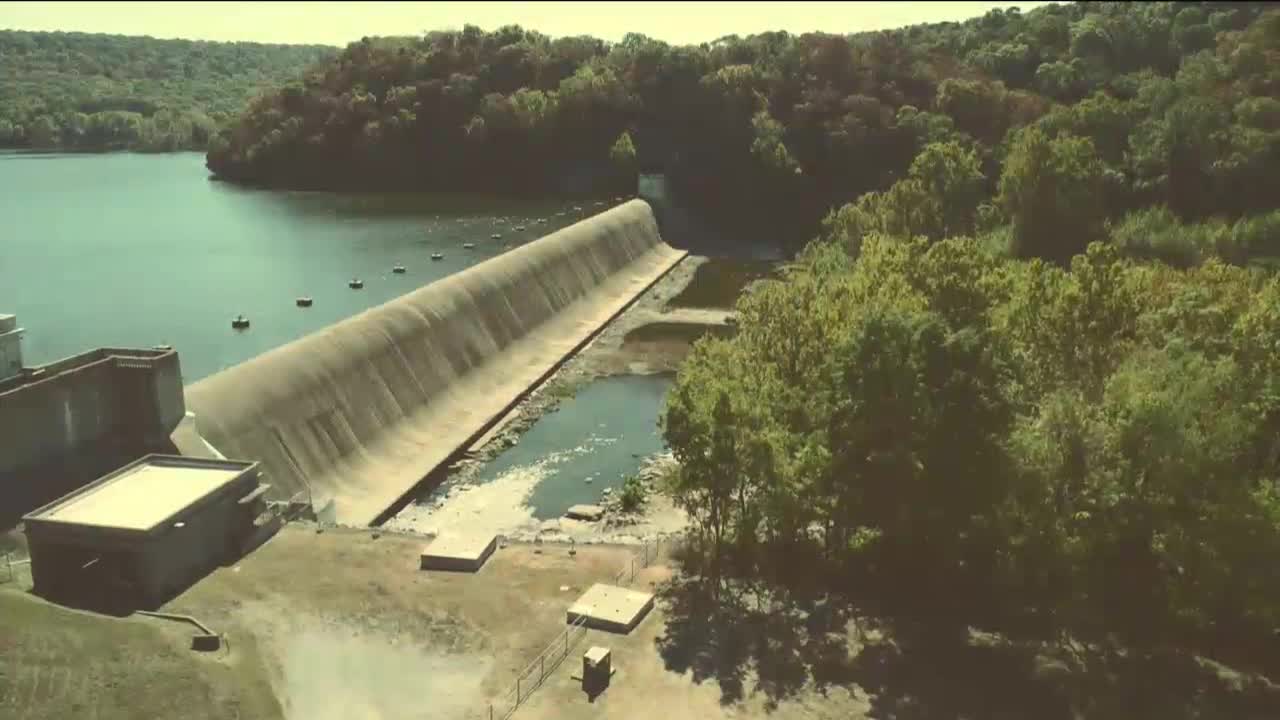Tulsa Celebrates 100 Years Since Spavenaugh Water Project Transformed City Water Supply
September 25, 2025 | Tulsa, Tulsa County, Oklahoma
This article was created by AI summarizing key points discussed. AI makes mistakes, so for full details and context, please refer to the video of the full meeting. Please report any errors so we can fix them. Report an error »

Tulsa's water supply system, a century in the making, continues to serve as a vital resource for the city and its surrounding areas. The Spavenaugh Water Project, initiated in 1924, marked a significant turning point in Tulsa's infrastructure, providing clean and reliable water to its residents. Before this project, Tulsans relied on springs, wells, and the Arkansas River, which were often contaminated and unsuitable for drinking.
The journey began when a group of influential citizens discovered Spavenau Creek, a pristine spring-fed stream, during a hunting trip in 1908. Recognizing its potential, the city water commission hired civil engineer W. R. Hallway in 1921 to assess the feasibility of transporting this water to Tulsa. His positive report led to the approval of a monumental bond issue, allowing the city to fund the Spavenaugh Water Supply Project.
Construction of the project took two years and cost approximately $7.5 million. The centerpiece, Spavenau Lake, became the largest lake in Oklahoma at the time, impounding 8.5 billion gallons of water. The gravity-fed pipeline, stretching 54 miles, was the longest raw water line in the United States upon completion, showcasing remarkable engineering by crossing rivers, creeks, and even tunneling through a ridge.
On November 17, 1924, the project was celebrated with a toast to the delivery of clean water, symbolizing a new era for Tulsa. Today, the city provides an average of 105 million gallons of award-winning water daily to over 650,000 customers in the Tulsa Metropolitan area. As noted in a 1924 article, while oil may have built Tulsa in the past, it is the Spavenau water that will shape its future. This legacy of innovation and commitment to public health continues to define Tulsa as a thriving community.
The journey began when a group of influential citizens discovered Spavenau Creek, a pristine spring-fed stream, during a hunting trip in 1908. Recognizing its potential, the city water commission hired civil engineer W. R. Hallway in 1921 to assess the feasibility of transporting this water to Tulsa. His positive report led to the approval of a monumental bond issue, allowing the city to fund the Spavenaugh Water Supply Project.
Construction of the project took two years and cost approximately $7.5 million. The centerpiece, Spavenau Lake, became the largest lake in Oklahoma at the time, impounding 8.5 billion gallons of water. The gravity-fed pipeline, stretching 54 miles, was the longest raw water line in the United States upon completion, showcasing remarkable engineering by crossing rivers, creeks, and even tunneling through a ridge.
On November 17, 1924, the project was celebrated with a toast to the delivery of clean water, symbolizing a new era for Tulsa. Today, the city provides an average of 105 million gallons of award-winning water daily to over 650,000 customers in the Tulsa Metropolitan area. As noted in a 1924 article, while oil may have built Tulsa in the past, it is the Spavenau water that will shape its future. This legacy of innovation and commitment to public health continues to define Tulsa as a thriving community.
View full meeting
This article is based on a recent meeting—watch the full video and explore the complete transcript for deeper insights into the discussion.
View full meeting
